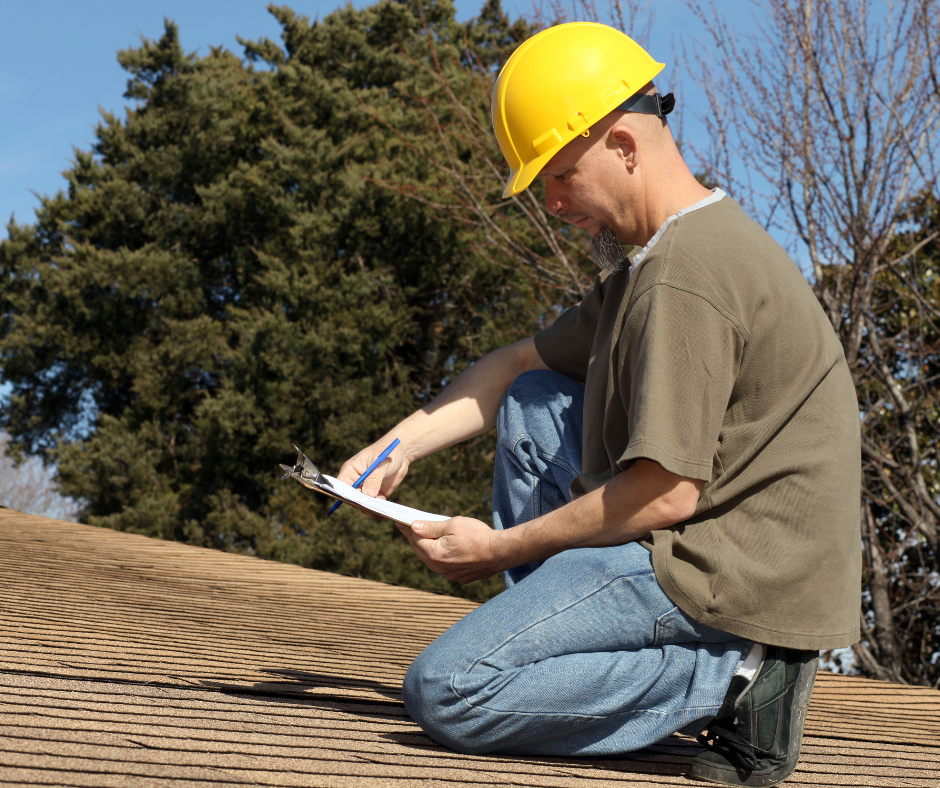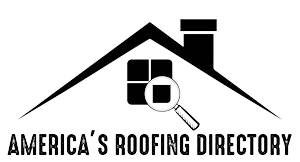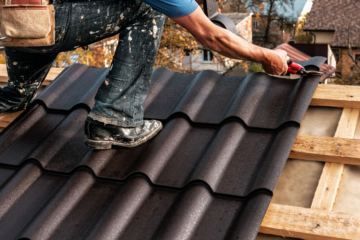
Why You Should Use a Roof Inspection Checklist
What Is It?
A roof inspection checklist is a form or table that a roofing contractor uses to note the damage on a commercial or residential roof–particularly following a storm. Insurance adjusters may also use a roof inspection checklist to keep track of a roof’s accessories or features to determine an accurate estimate of costs for replacement or repair.
A typical roof inspection checklist will be divided into multiple sections–i.e. roofing section, siding section, gutter section, and interior. Some specific details that a roof inspection checklist may include are:
- “roof type and layers,” “chimney flashing,” and “ice and water shield” (under the roofing section)
- “siding type and insulation” and “A/C attached to siding” (under the siding section)
- “downspout size and linear feet” and “gutter guards” (under the gutter section), and
- “drywall square footage,” “ceiling height,” and “exhaust vents” under the interior section.
Why Use a Roof Inspection Checklist?
Contractors that use the roof inspection checklist are a lot more organized and time efficient; the checklist covers not only a roof’s standard accessories but also any unique features that a particular roof may possess. A checklist allows the contractor to take all necessary photos, measurements, and descriptions in one trip to the site as opposed to going back over and over again to capture new and necessary information. Because a contractor can efficiently capture accurate information, orders for materials are also more accurate–a huge benefit when hiring crews to complete a project.
What Is a Roof Inspection Checklist vs. a Roof Inspection Report?
A roof inspection report identifies where major or minor instances of damage exist. This information is then communicated to either the homeowner or insurance company–or both. In contrast, a roof inspection checklist will show what materials are needed to repair the damage. It serves as more of an inventory list of all of the roof’s accessories, as well as a guide for budgeting and estimating the cost of repairs.

Why Are Roof Inspections Important?
Apart from the installation of the roof, its inspection is next in importance. Especially following a storm, the inspection will thoroughly analyze the roof’s condition and determine what is needed to restore the roof to its pre-storm condition. The inspection in itself is vital for a claim to be submitted in the first place–and often contains details that the adjuster may miss in their own analysis of the damage.
What Is the Roof Inspection Training Process?
A majority of roofing companies will encourage new sales reps to shadow experienced inspectors on site for a period of time to learn how to identify and inspect roof damage. A sophisticated roofing contractor will also teach classroom-style lessons to piggyback on on-site training to solidify information retention. Roof inspection checklists are incredibly helpful for new roofing inspectors, as they serve as a guide for all of a roof’s characteristics.









